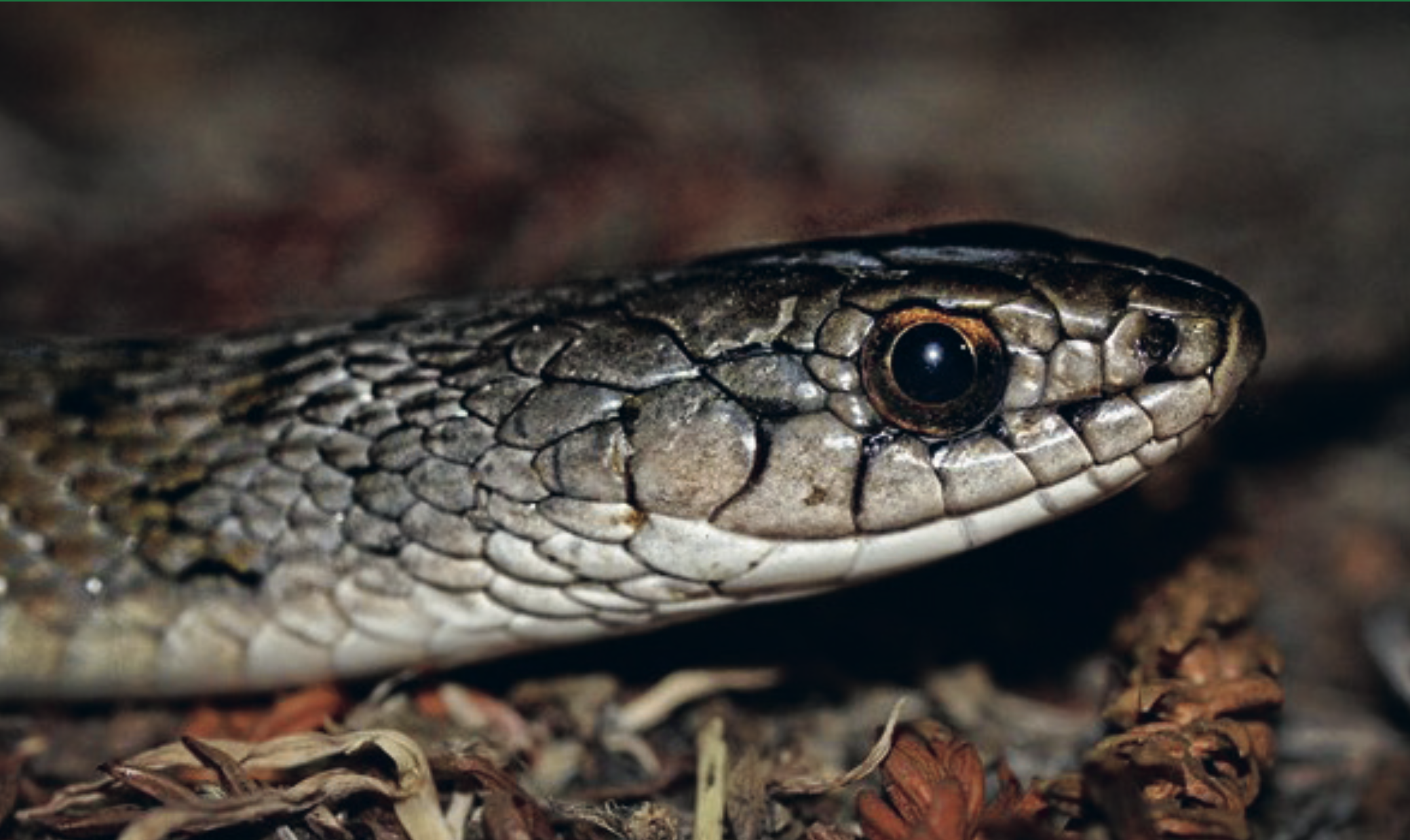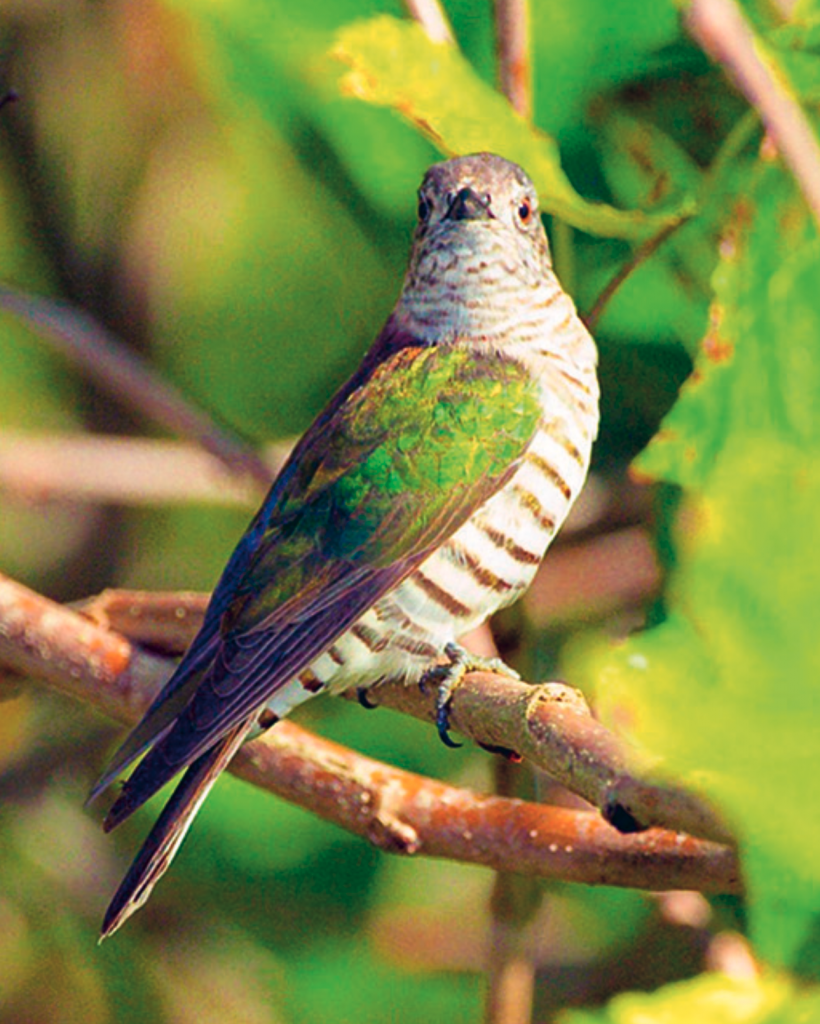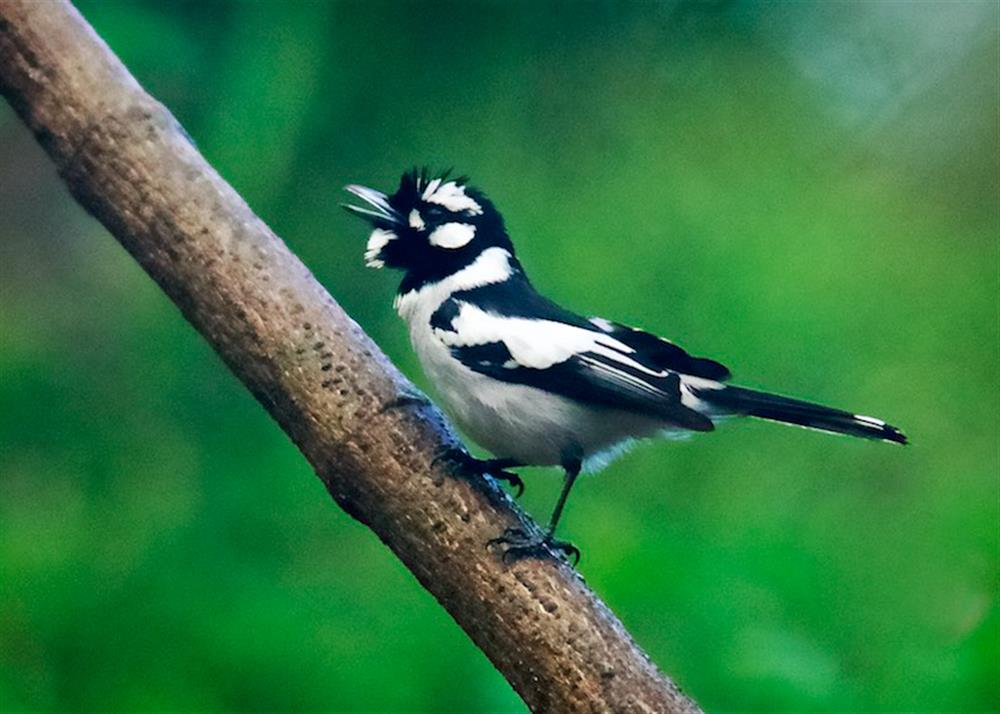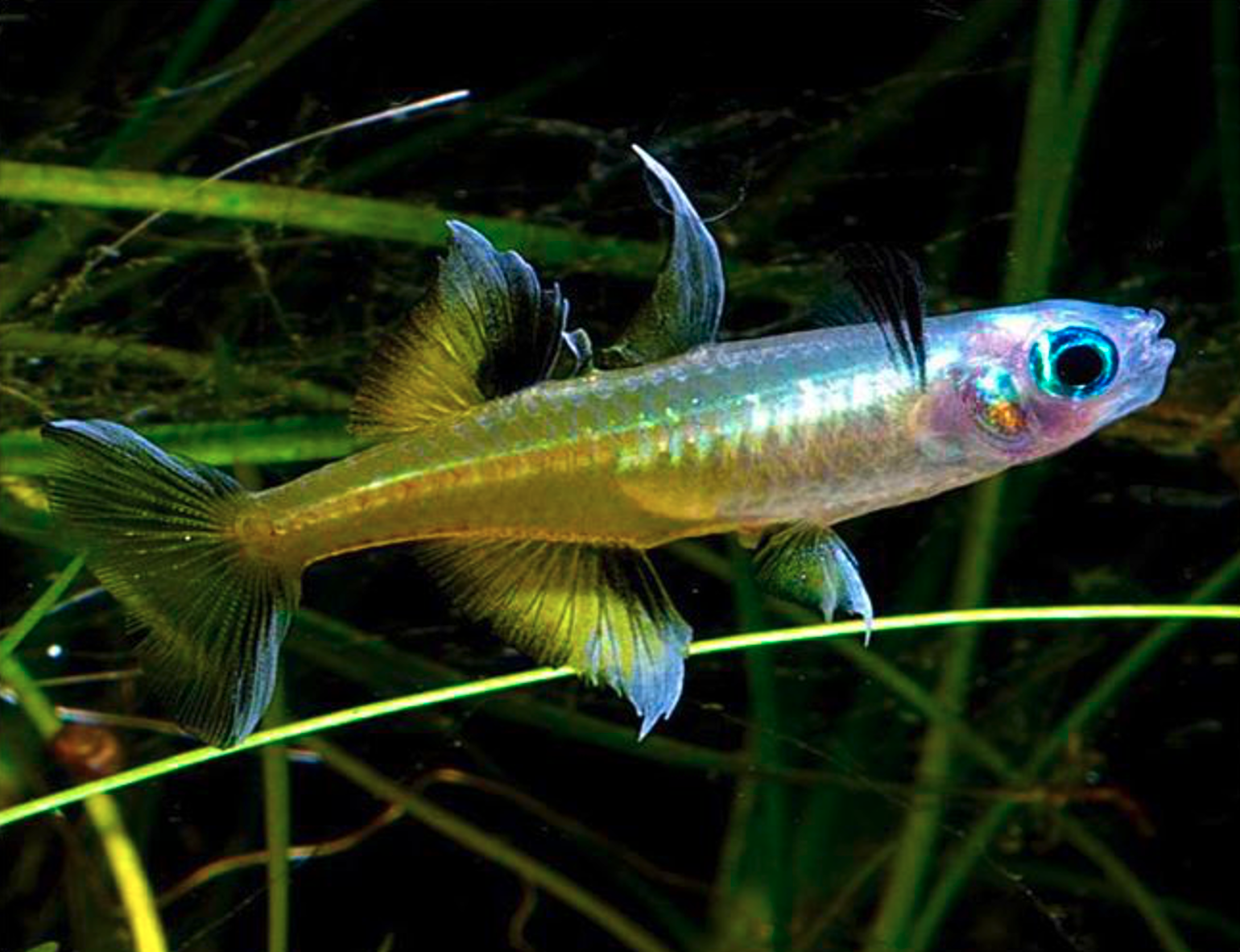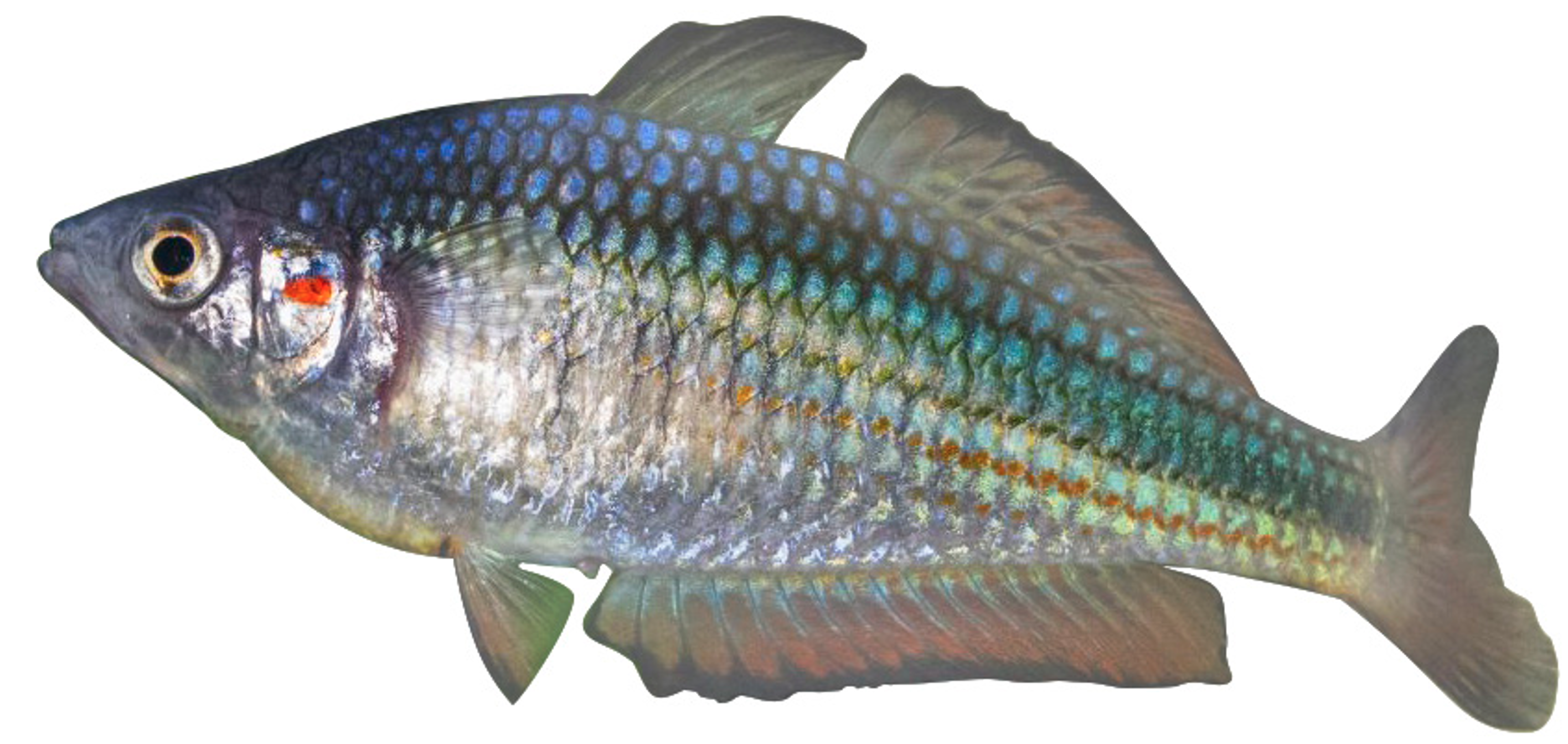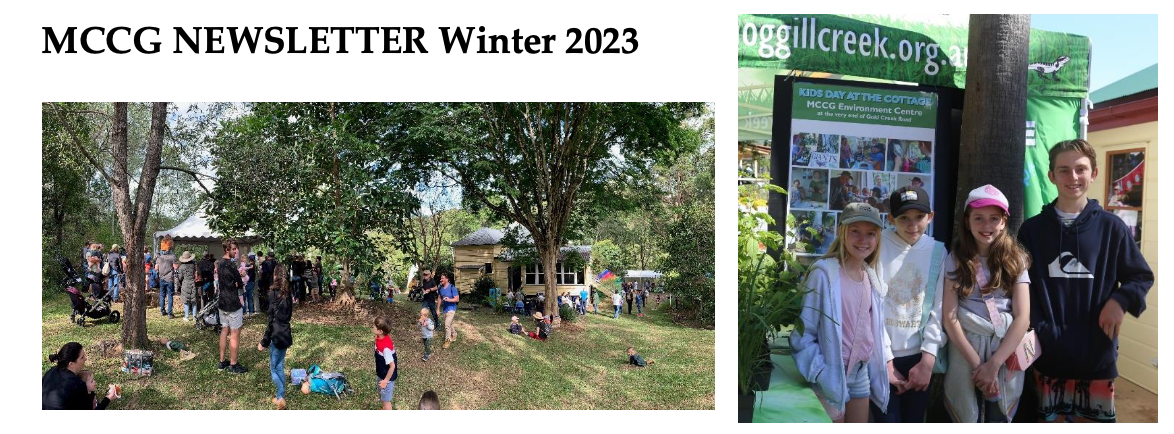On Sunday 8th October, between 8.30 – 11.00am Moggill Creek Catchment Group (MCCG), in collaboration with Brisbane City Council, are holding a Community Tree Planting on the Rafting Ground Reserve off Moggill Rd in Brookfield. We are planning to plant around 700 native trees and shrubs in areas near the south-eastern end of the park, which are currently dominated by very long (exotic) grasses and weeds such as Caster Oil plants (see photo).
Wesley DeMuth our Creek Catchment Officer has secured funding from Brisbane City Council to prepare the areas for planting. This will include clearing the grass and weeds, spreading mulch and augering holes for the plants. BCC will also supply the plants. All that we will be required to do on the day is to put in the plants, add stakes and plant protectors where appropriate, and water them in.
One of the areas to be cleared and re-planted with native trees and shrubs. (Photo Jim Pope)
We need plenty of volunteers to help with this event. No previous experience of bushcare is necessary, but you are encouraged to view this video about planting tubestock on the MCCG YouTube channel: https://www.youtube.com/playlist?list=PL2F0fla2j09Ih-OzSP8yQDAgkzpPVQX5j.
Children are welcome to attend provided they are accompanied by an adult. Volunteers should wear old clothes, covered shoes, gardening gloves and a sunhat. Hand tools, insect repellent and sunblock will be supplied. There is plenty of parking at the northern end of the reserve, (entry at the traffic lights opposite the intersection of Moggill and Pullenvale roads).
Morning tea and refreshments will be provided.
For more information or to book your place, please email Jim Pope
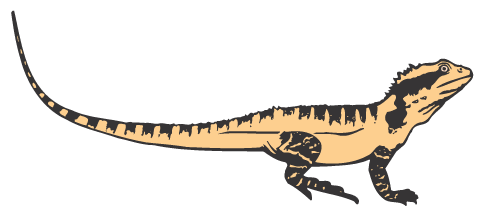
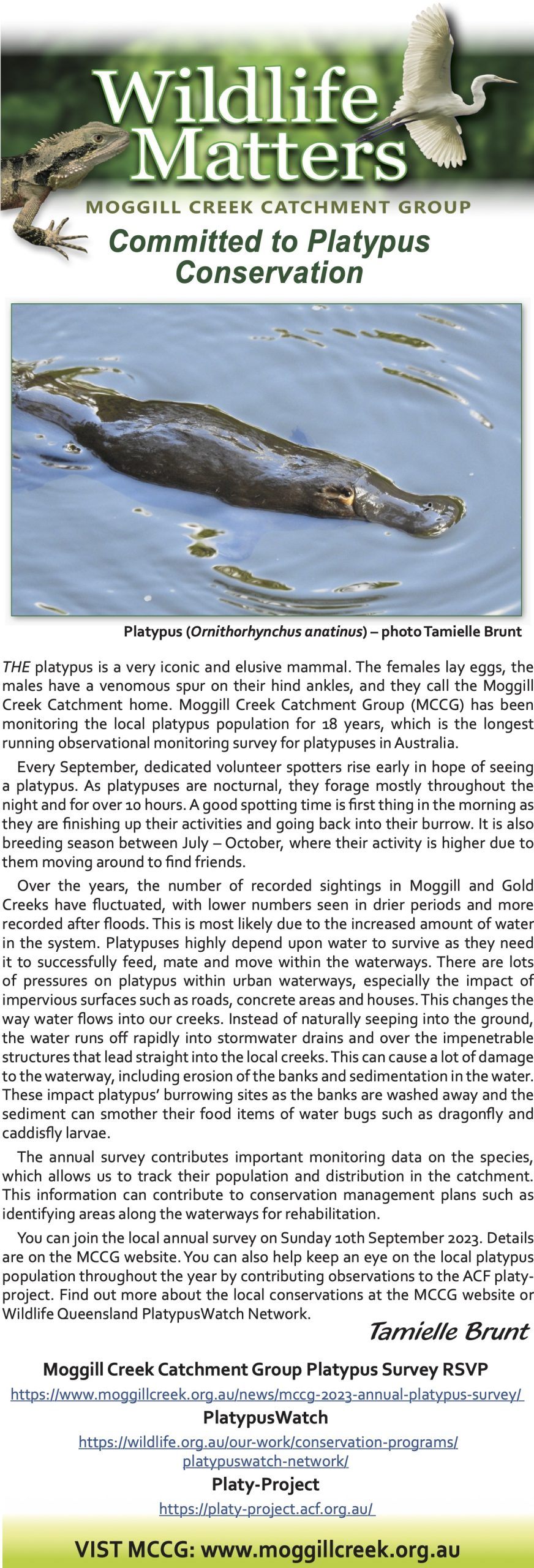

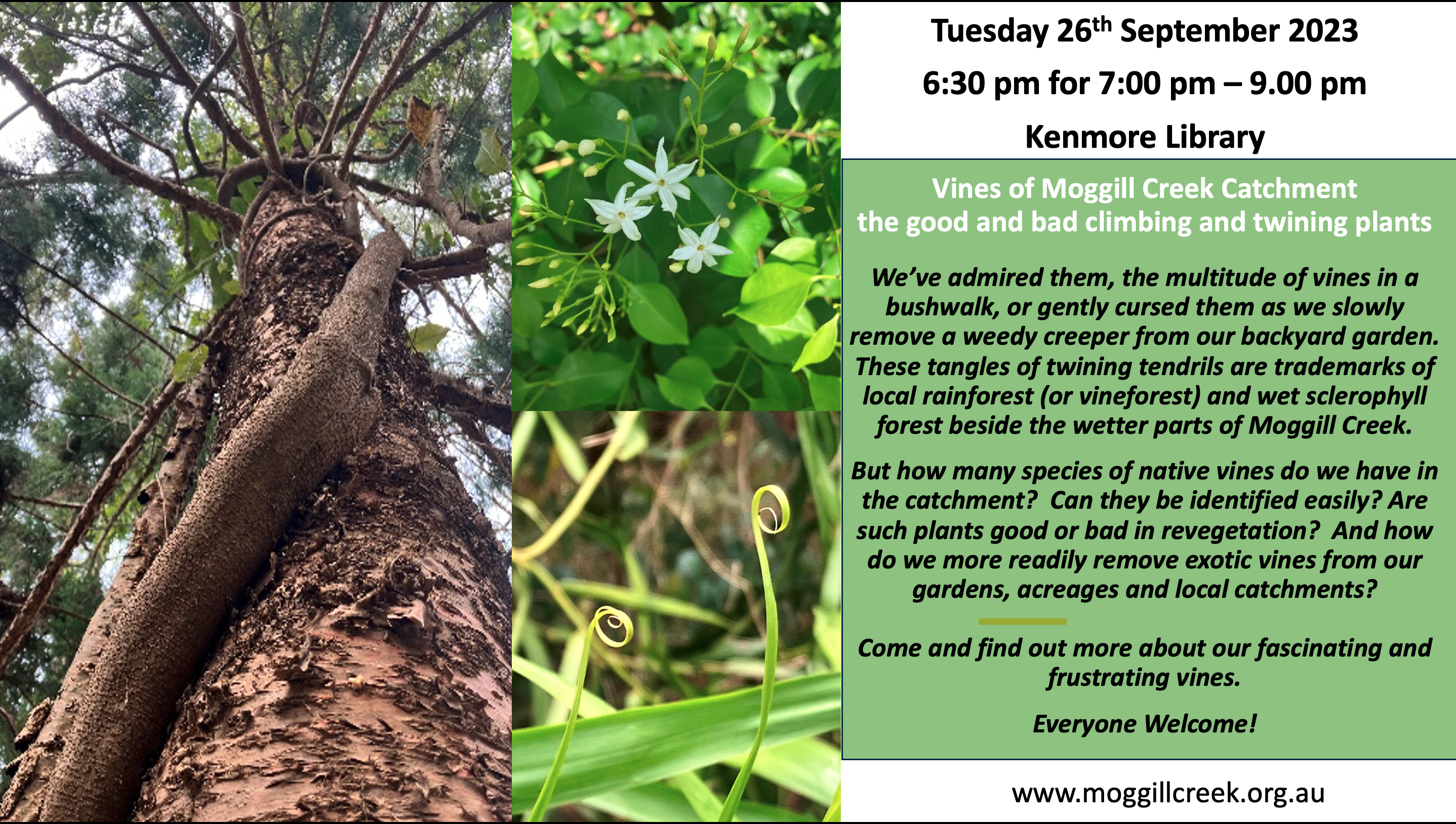
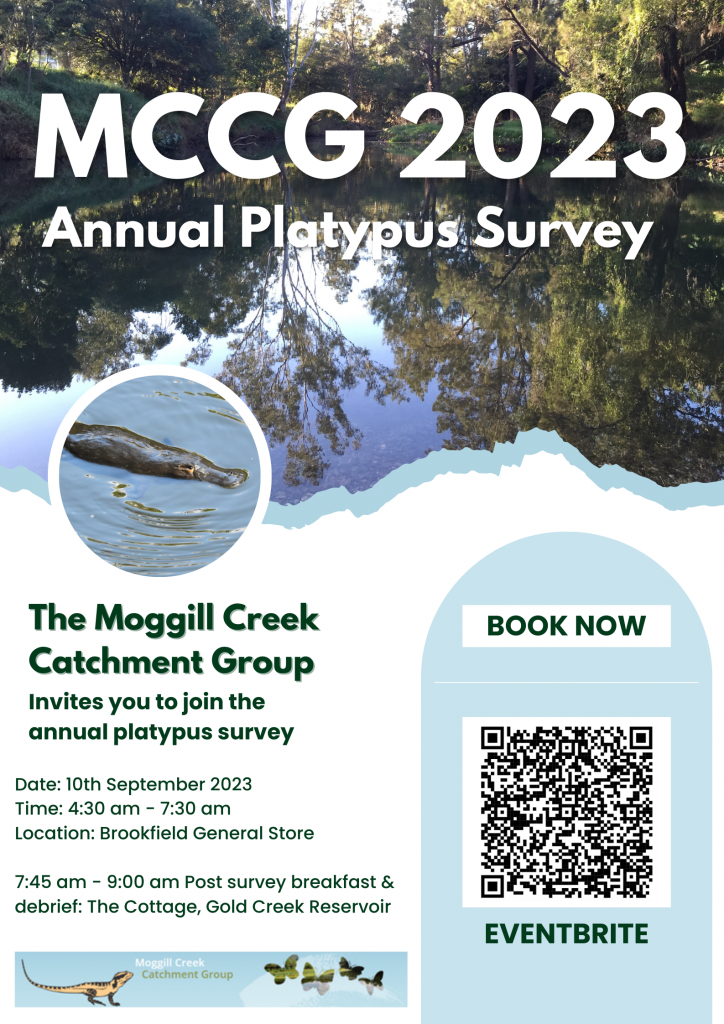
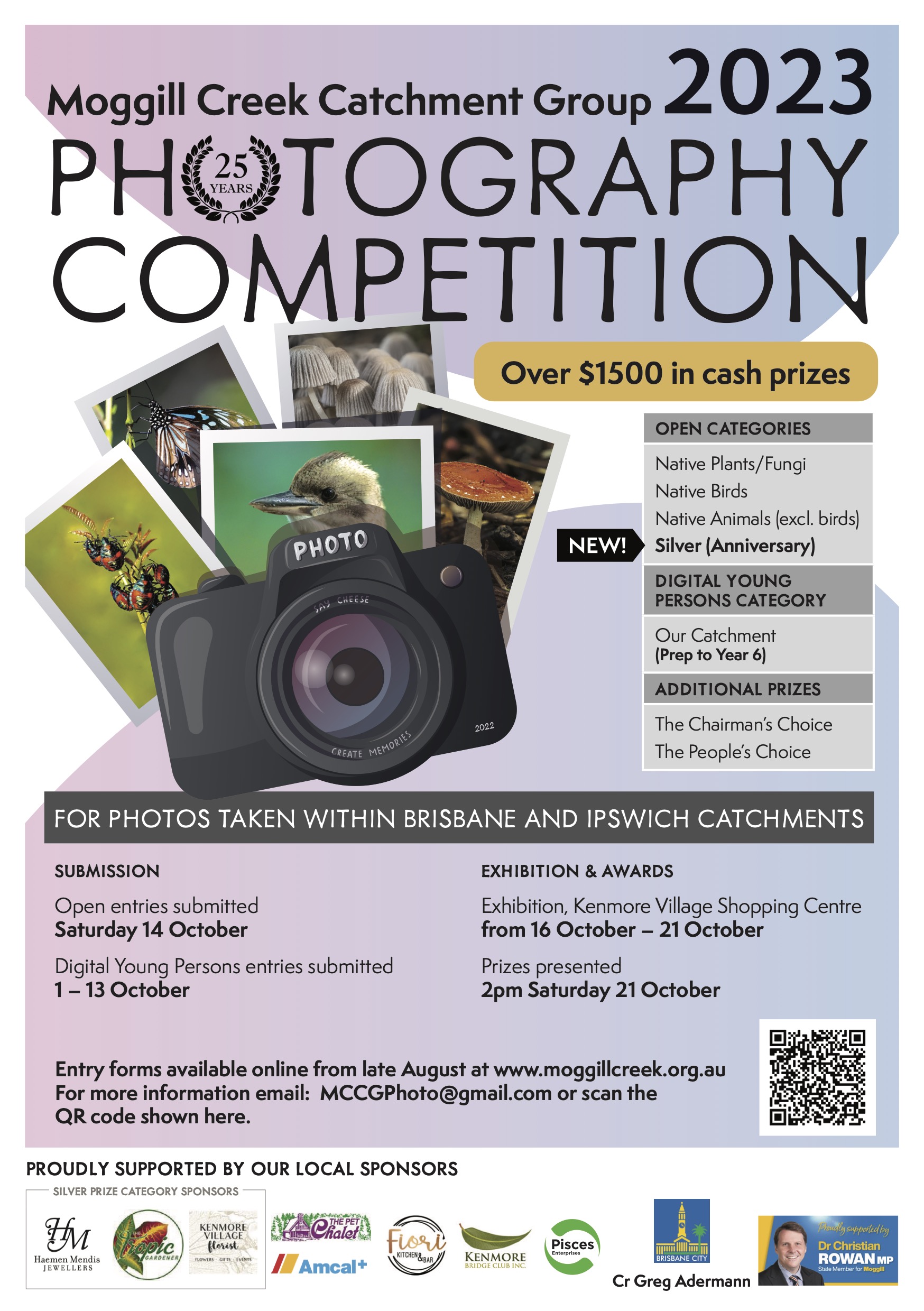
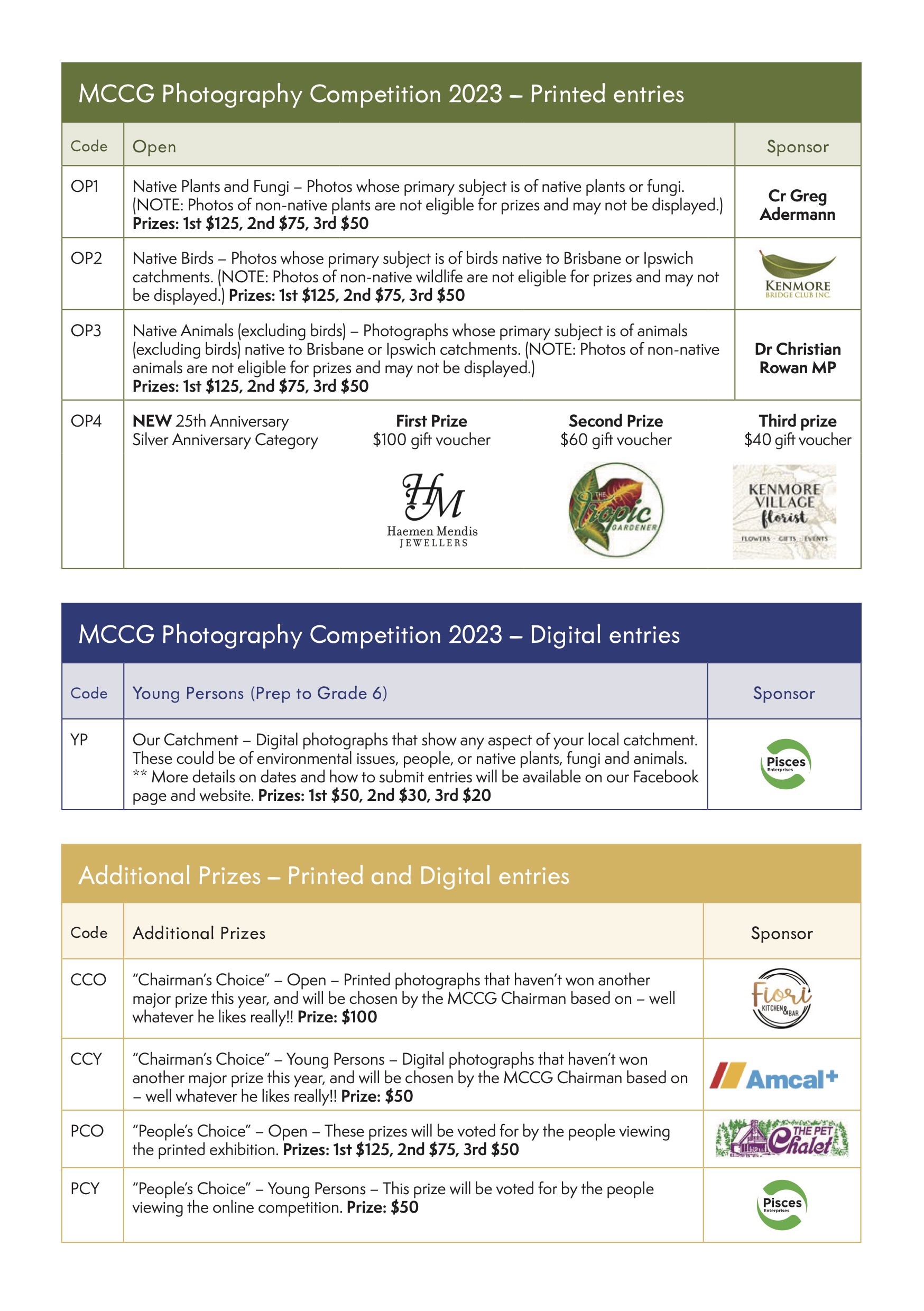
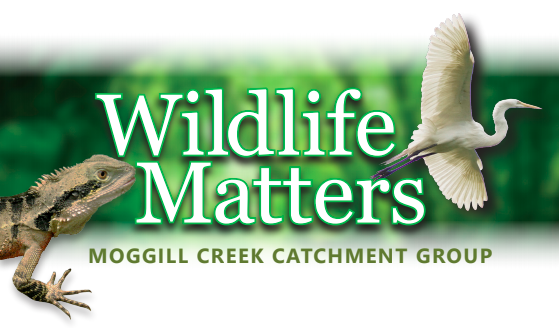 THE Common Keelback (Tropidonophis mairii) is a species of non-venomous snake found throughout much of eastern Queensland. They are also known as the Australian Keelback, Water snake and Freshwater snake. They are a relatively common snake within the Moggill Creek catchment and can be frequently observed during wet conditions.
THE Common Keelback (Tropidonophis mairii) is a species of non-venomous snake found throughout much of eastern Queensland. They are also known as the Australian Keelback, Water snake and Freshwater snake. They are a relatively common snake within the Moggill Creek catchment and can be frequently observed during wet conditions.